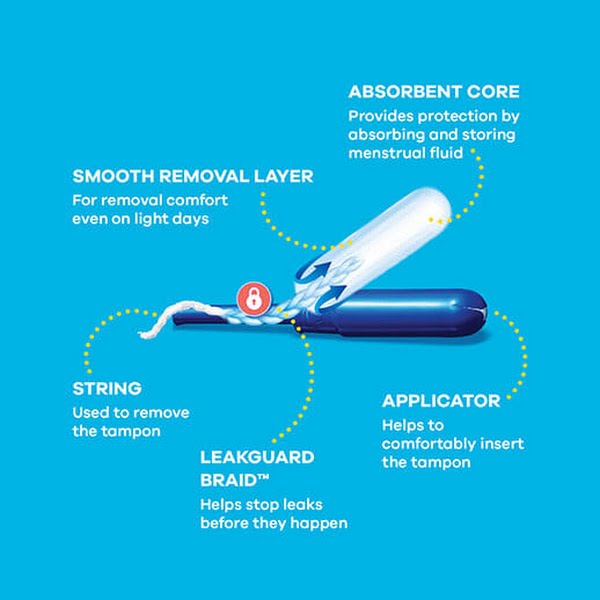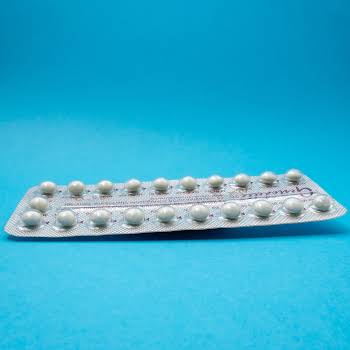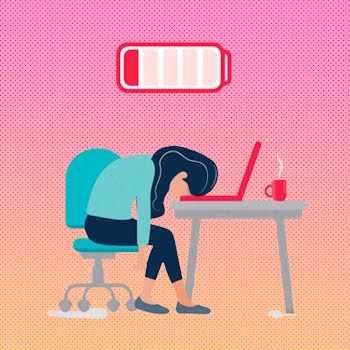Sponsored
Yes, comfortable periods exist (and no, you shouldn’t feel your tampon): Here’s how
Sponsored By

By Shayna Sappington
16th Aug 2021
16th Aug 2021
Sponsored By

Can you sleep with a tampon in? What exactly causes Toxic Shock Syndrome? There’s still a lot of misinformation spread about tampons, so let’s clear some things up.
Do you experience discomfort when using a tampon? Don’t worry, we’ve got you covered.
We’ve partnered with Tampax on a mission to ensure everyone with periods across Ireland feels comfortable and confident, especially when they are menstruating.
The key to achieving period comfort is widespread education. That’s why we asked our readers they want to know about their periods – from how to insert a tampon correctly to how often we should change them.
Advertisement
We’re answering the tough questions and giving you some helpful tips for next time, so you can have a no see, no feel period (thanks to Tampax’s internal protection).
Top questions
The top two questions asked by our readers are:
- How often should I change my tampon?
- How do I insert a tampon correctly?
In fact, 49 per cent of our readers said using a tampon causes them regular discomfort, which is usually an indication of incorrect insertion, according to OB-GYN Dr Melisa Holmes.
Advertisement
“As a gynaecologist, I love helping people understand their bodies and how they work,” she said. “It’s important for people to educate themselves and take charge of their health.
“Using a tampon can definitely feel a bit strange, especially if it’s your first time inserting one. The good news is that it doesn’t have to hurt – you are totally in control. If it’s hurting, there are things you can do to make it more comfortable.”
How to insert a tampon correctly
Dr Holmes breaks down this process into a few easy steps:
- Wash your hands
- Insert the tampon applicator into your vagina
- Use your index finger to push the plunger all the way into the applicator
- Release the tampon
- Remove the applicator
(For a more detailed guide, see here).
Remember to insert the tampon applicator fully from tip to grip and at a slight angle, pointing towards your lower back. Our vaginal canals aren’t straight up and down, so finding the right angle can make the process more comfortable.
Advertisement

“If your tampon is uncomfortable and makes you feel like you need to waddle, it’s probably because it isn’t far enough inside your vagina,” explained Dr Holmes. “If that happens, just use your finger to push the tampon further up, which usually fixes it.
“The most common reason people can’t get a tampon in is that they are inserting it at the wrong angle, or they get nervous and tense the muscles around the vaginal opening. But if you’ve adjusted the angle, and you feel pretty relaxed and you still can’t get it in, you should see a gynaecologist, as it may be something that requires treatment.”
Busting common tampon myths
We also asked our readers about common tampon myths they’ve heard – each of which Dr Holmes busts with scientific facts.
- Leaving a tampon in overnight can cause Toxic Shock Syndrome
“Toxic Shock Syndrome (TSS) is extremely rare, but also very treatable, especially when it’s identified early. TSS is caused by a strain of bacteria called staphylococcus aureus (rather than tampons). To help reduce your risk, it’s recommended to use a lower absorbency tampon and to not leave your tampon in for over eight hours. This also helps avoid discomfort and leakage. Although your risk of getting TSS is already very low, these simple steps can help lower it even further and help you feel safe and confident every time you use a tampon.”
- Once you use a tampon, you’re no longer a virgin
“A tampon is just a period protection product. It has nothing to do with virginity, which is about sex. This concern is mostly based on whether a tampon will affect the hymen, which is a thin, stretchy rim of tissue that surrounds the vaginal opening. A tampon is small enough to fit through most vaginal openings without affecting the hymen, but the hymen can change shape or ‘break’ with age, weight, and even normal physical activities – not just sex.”
Advertisement
- You should wait until a certain age to use tampons
“There is no age requirement for using tampons. Once someone has a period, they are old enough to use tampons (and their vagina is big enough to use a tampon without fear of injury or unusual pain). If you’re new to periods or to tampons, just make sure you know how to use them correctly and safely.”
- They can get lost inside you
“A tampon can get pushed higher up into your vagina, and the string can even get tucked up there, but it’s not lost. It’s still in there. That’s because your cervix is a barrier between your vagina and your uterus, so basically, your vagina is a dead-end.”
Changing and disposing of your tampon

You should change your tampon when it needs to be changed based on your flow, not your bladder. “You urinate from your urethra, and your tampon goes in your vagina (which is behind the urethra),” explained Dr Holmes.
“So you can pee without getting your tampon wet. When you pee, it’s a good idea to move the tampon string to the side or back so it doesn’t get soaked by your urine stream – a wet string can feel unpleasant. Just change your tampon when it needs to be changed based on your flow.”
When removing your tampon, make sure you do NOT flush it down the toilet. Dr Holmes said, “When it’s time to remove your tampon, first wash your hands. Next, get into a comfortable position, relax your body, and use your hands to locate the tampon string. Then use your finger and thumb to grip the string and pull it slowly out of your vagina.
“I know it’s tempting, but please do not flush your tampon. Tampons should be disposed of properly in with your household waste. After you have removed the tampon, remember to wash your hands.”
Advertisement
So, there you have it – a detailed guide on using tampons safely and correctly from an expert. Feel free to pass this information along and, if you’d like to read more, visit Tampax Tampon Truths.
As part of their mission to champion period education. Tampax have launched their new #TimeToTalk #TimeToTampax campaign in partnership with renowned Irish spoken word poet Natalya O’Flaherty, you can check it out here. For more information on menstrual health and products, visit Tampax’s Tampons Truths to get the facts.
























